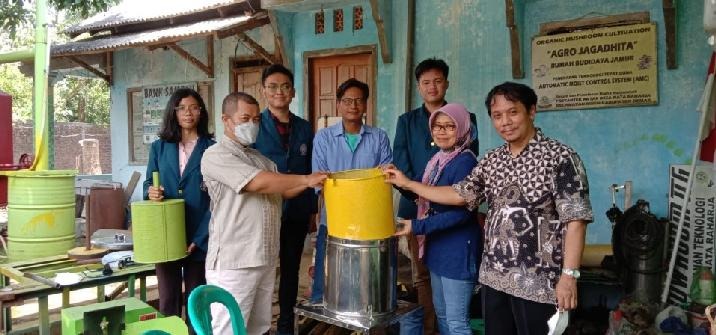In the processing of agricultural products, many machining are used, including onion chopping tools which are used as a technology that facilitates the processing of shallots. This shallot chopper is expected to support an increase in the production yield of onion slices, which are ready to be processed (fried). At this time, there are still many plowing tools that have a large capacity and cannot be used by home industries. With the weakness of onion slicers on the market today, it is necessary to use a small-power electric motor as a cruster, homogenize the slices, make it easier to sanitize and minimize contamination of the raw materials to be sliced, so that the shallot slicer can be used effectively by the home industry.
This community service activity is carried out in 4 (four) months. Activities are carried out at the Electronics and Instrumentation Laboratory. The activity starts from the coordination meeting. The next step is the creation of a training module followed by a paste of all the necessary equipment. After everything is ready, a coordination meeting is held with students who will help in the field as assistants. The students were given an explanation and training in advance. All materials, props were carried out on the Diponegoro University campus and the realization of training with partners was carried out in Mijen village, Mijen District, Demak Regency. The activity flow chart is shown in Figure 4. The form of activity is lectures, demos, practices, and discussions by directly involving partners.


Here’s how the tool works, which is :
a. The shaft will rotate when the vanbelt connects the shaft pulley with the drive montor pulley.
b. When the drive montor is on, the onion that has been inserted is ground manually so that there is pressure entering the slicing process.
c. Next, the slicing knife begins to rotate clockwise which will cut the shallots with the planned scales.
d. Later, the onion that has become a piece will come out through the outer (with a slope of 75°)

